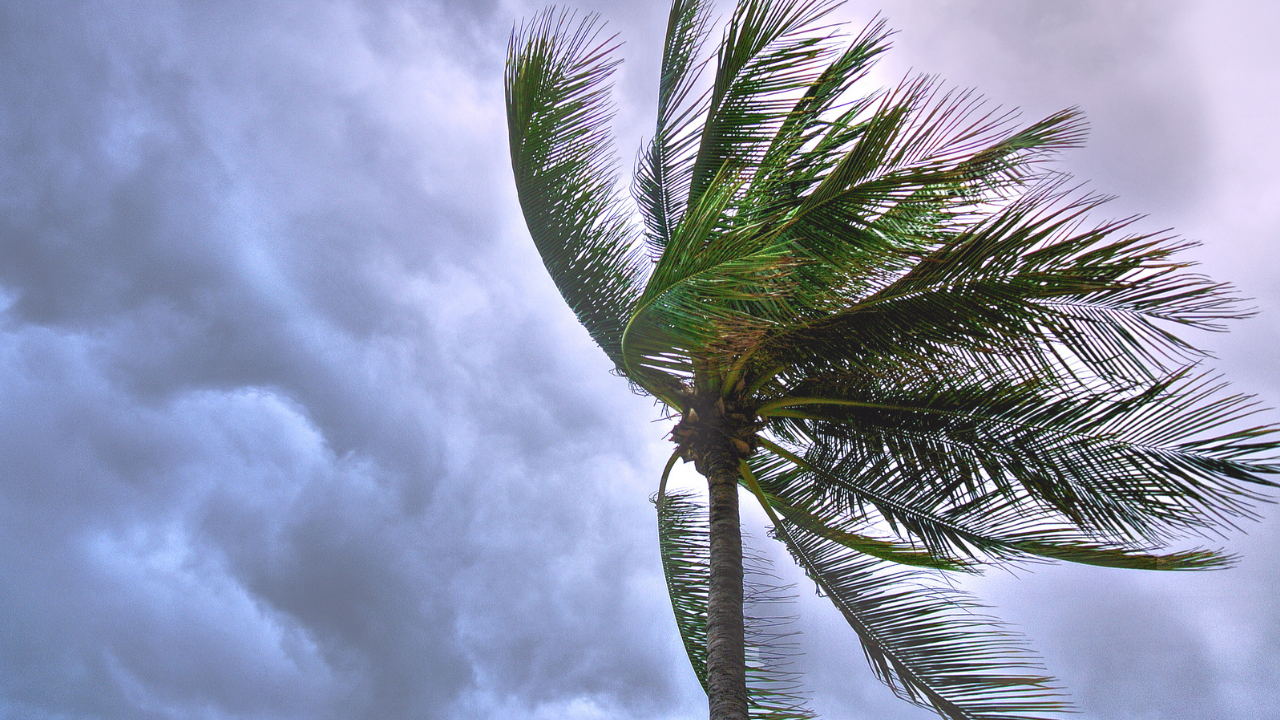Residents of storm-hit Surigao ask help to deal with trauma
SURIGAO CITY–As rain fell on a tattered tin roof in the coastal village of Ipil, a 2-year-old boy ran to his mother’s embrace and began to cry.
He had to be calmed down as the rains persisted while other family members looked for spots in the damaged house where they could stay dry.
Panfilo Lingatong, a construction company driver, said they discovered their son’s fear of the rain after they came home from evacuating in a nearby school to escape the fury of Typhoon ‘Odette’ last Dec. 16.
Lingatong said the mix of howling winds and ferocious rains for more than two hours must have been too much to bear for the young boy that every raindrop hitting the roof invites a flashback of that nightmare.
Ipil village chief Jose Giovanni Penados broke into tears when asked how they were at the height of the storm. Just before Odette’s onslaught, he led barangay workers prepare emergency food packs at the barangay office.
Article continues after this advertisementBy mid-afternoon, when they sensed that the intensity of the rains and winds “were not what we usually experienced,” many of them were shaken. But he prevailed upon the village workers to stay where they were so as not to expose themselves to harm.
Article continues after this advertisementBut Penados sneaked out to check on his cancer-stricken wife at home. She saw her hide under the table, cowering in fear and crying profusely as the storm barreled through the village.
“It broke my heart seeing her. The experience was devastating,” Penados recalled, wiping away tears.
Aside from food and other forms of assistance, Penados said they also needed help in overcoming the “emotional and psychological stress” inflicted on them by their harrowing experience of the storm.
“It is easier to deal with the physical stress compared to the psychosocial stress that is why this need must also be addressed,” Penados explained, adding that he was grateful to the nongovernment group Sumpay Mindanao for offering such services to them.
More than two weeks after the storm devastated their village, some children appear to have gotten back on their usual routine, playing along the shores, jumping from the mounds of sand brought there by Odette’s strong winds.
But other children are not as lucky. In Barangay Bonifacio, children have to help their parents beg for food along the national highway to supplement what they got from government agencies and private groups.
They line along the road and quickly run as vehicles stop or are slowed due to a buildup in traffic.
The United Nations Children’s Fund (Unicef) noted that some 846,000 children throughout Odette-hit areas needed help after the storm destroyed their homes.
According to Oyunsaikhan Dendevnorov, UNICEF Philippines Representative, these children need safe drinking water, health, nutrition, and psychosocial support, protection from violence, and continuation of learning.
“Staying in crowded rooms in evacuation centers with adults exposes them to abuse and exploitation. Local government officials are overwhelmed, and child workers such as teachers and social workers are themselves affected,” Dendevnorov said in a statement.
“A more infectious strain of COVID-19 and continued heavy rainfall over typhoon-affected areas pose an additional danger and can further slow down aid efforts,” Dendevnorov added, referring to the outbreak of the Omicron variant of the coronavirus. (with Erwin M. Mascariñas)
